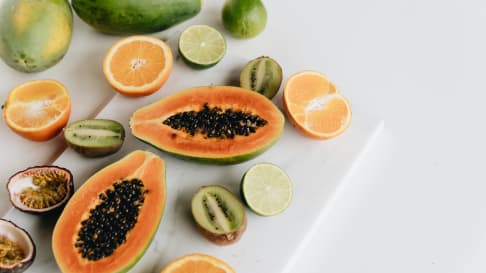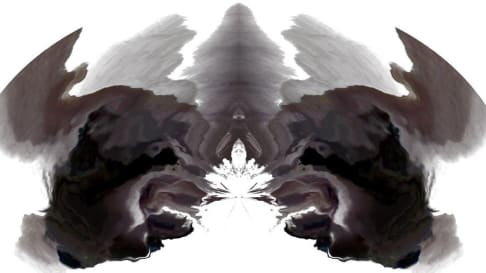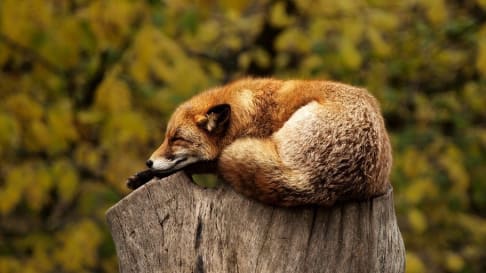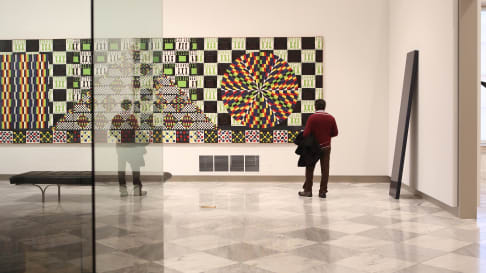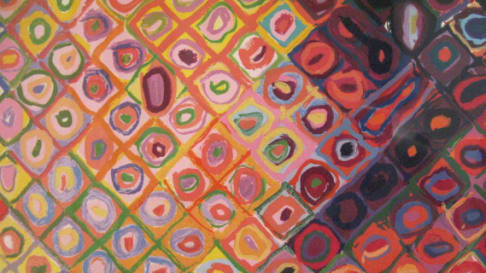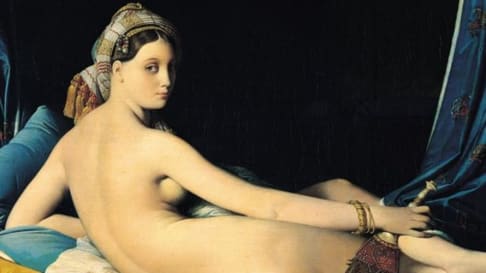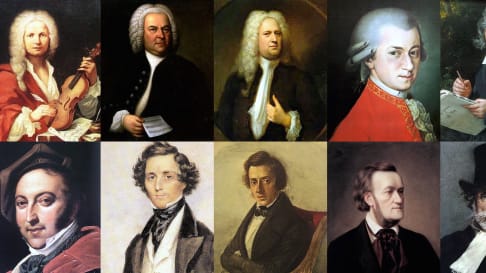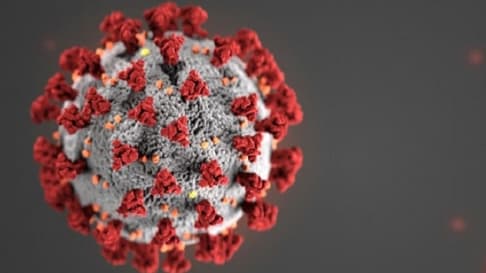True or False: Halloween Edition
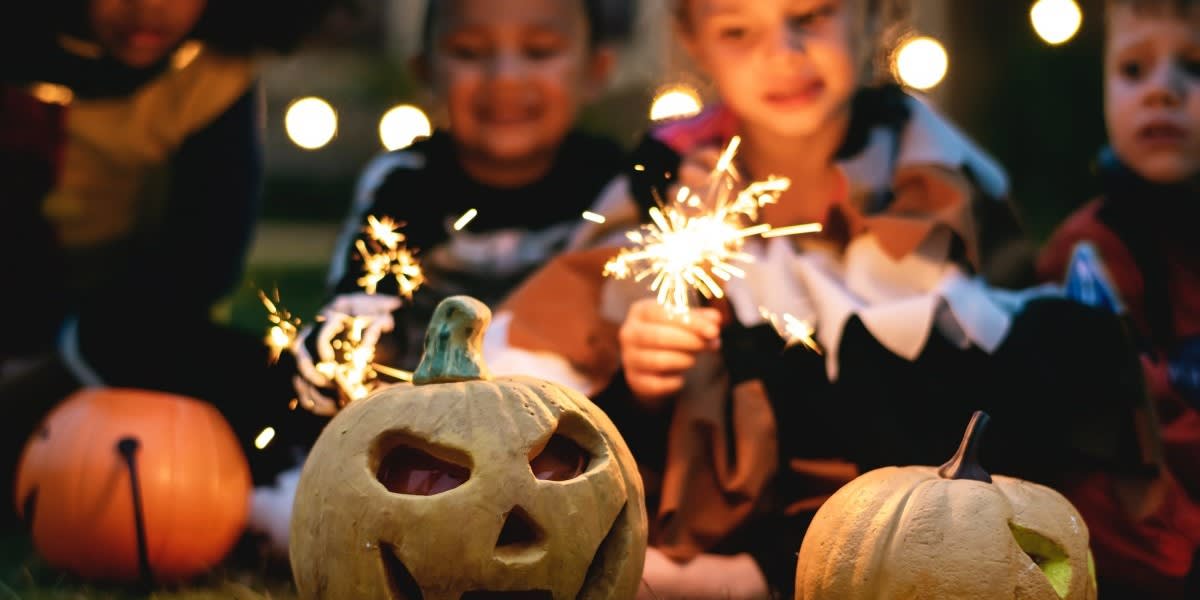

Jack O’Laterns, named after Stingy Jack, were once carved out of turnips, as well as beets and potatoes. Once the holiday was brought to the US, pumpkins were used.
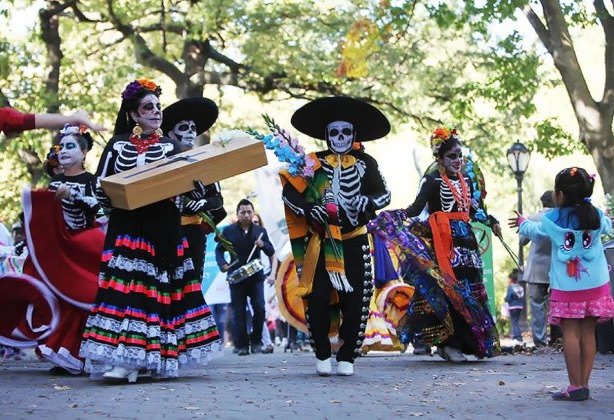
Dia de los Muertos not Mujeres, is a Mexican holiday celebrated on November 1st and 2nd. On those days, family and friends gather to pray and remember loved ones who have passed on. It has been likened to Halloween.

According to the Nation Retail Federation, Halloween is the second largest commercial holiday in the United States and sales reflect that. It comes second to Christmas.
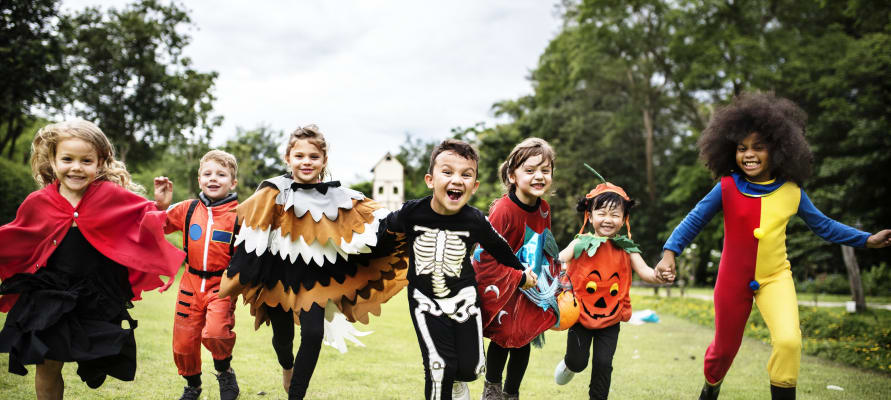
According to the National Retail Federation, princesses and superheroes have been the most popular costumes for children over the last few years. Adults are more likely to dress as witches.
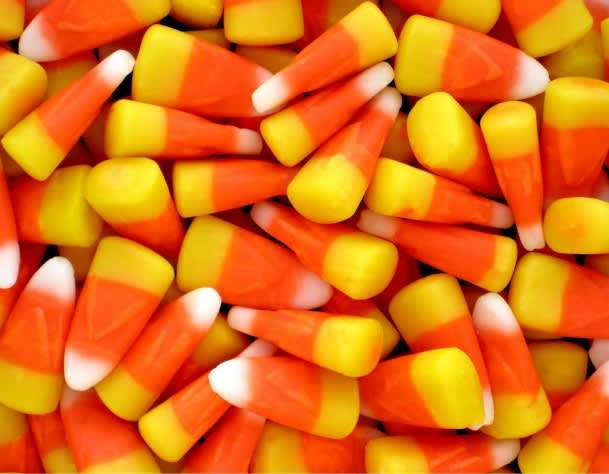
Candy corn was originally called “chicken feed” when it was first produced in the 1880s by Goelitz Confectionery Company. The box even featured a colorful rooster.

In Medieval Europe, owls were believed to be witches and if an owl’s call was heard, it meant that a person was about to die.
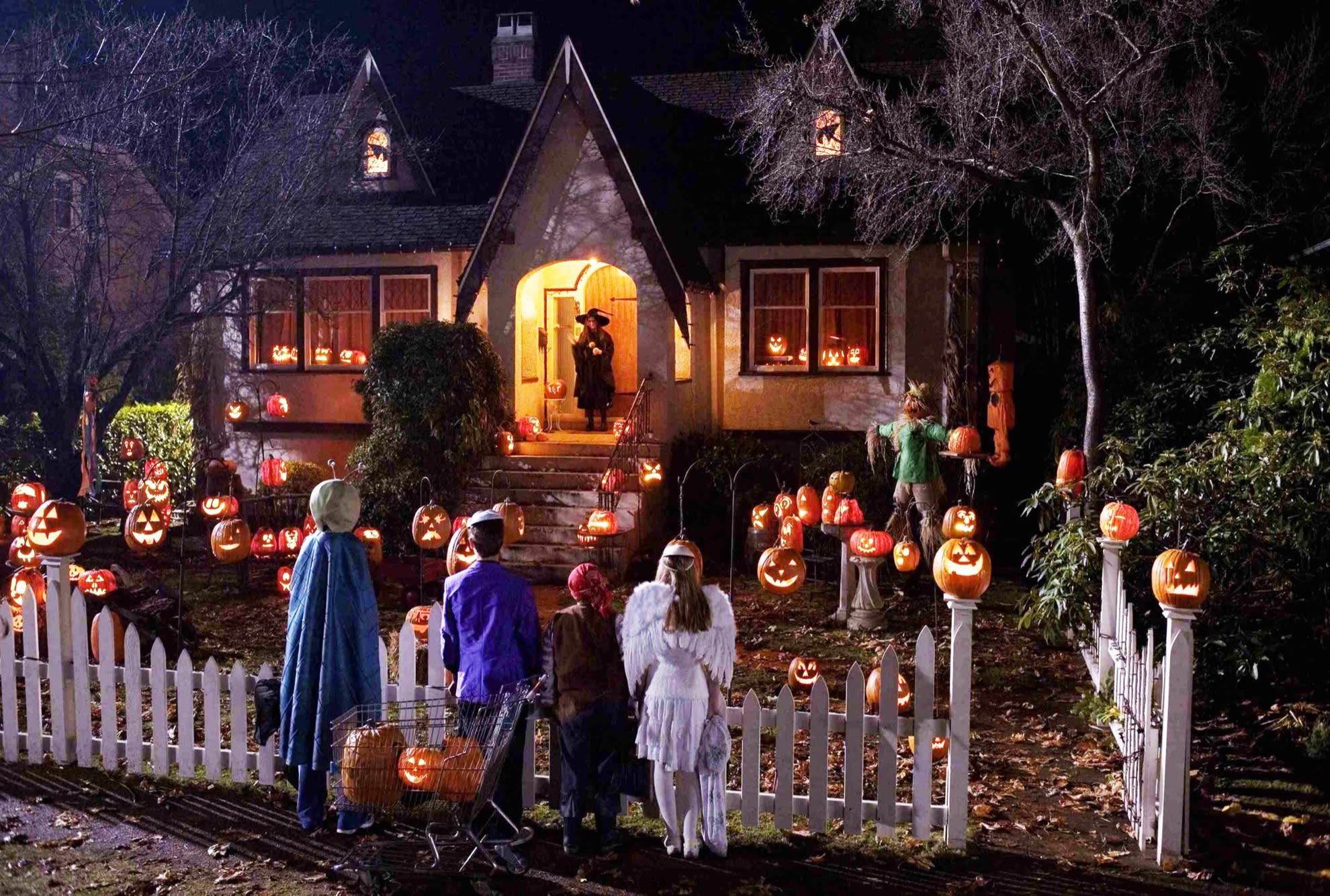
Trick-or-treating comes from an old Celtic tradition where people lit bonfires and made sacrifices to pay homage to the dead who were believed to return to Earth on Samhain.
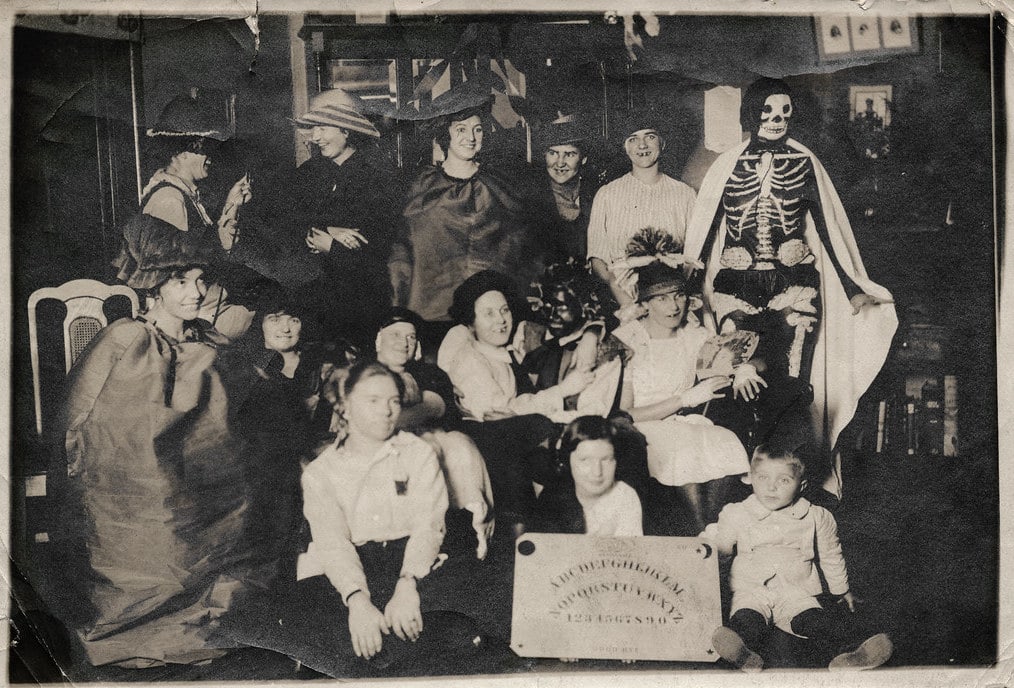
All Hallows’ Eve or Halloween is celebrated on October 31st, the eve of the Christian feast, All Hallows’ Day.

Halloween is based on the Celtic festival, Samhain which was celebrated by the Celts from ancient Ireland and Britain.
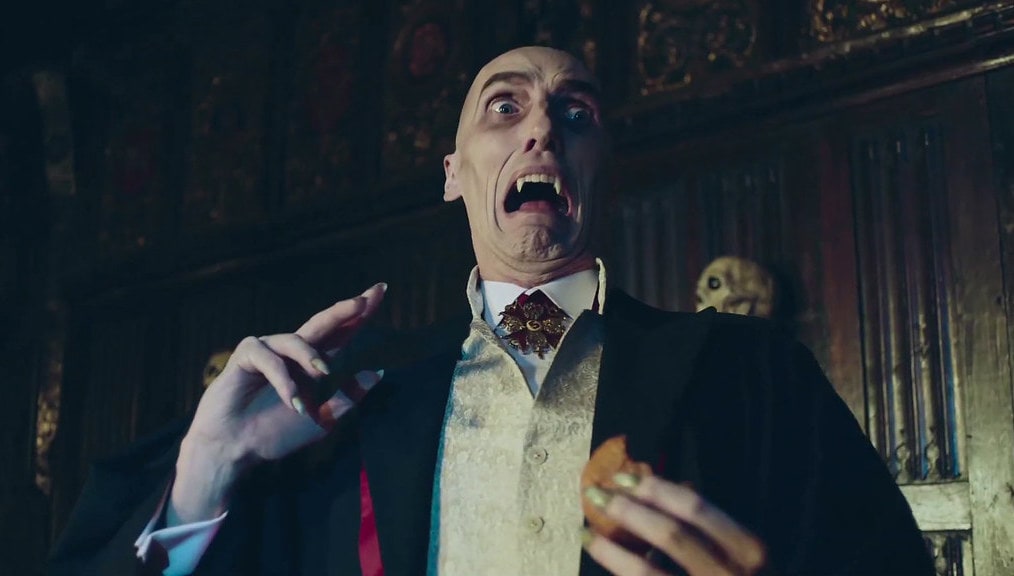
Samhainophobia is a diagnosable phobia characterized by escalating anxiety to all things associated with Halloween.
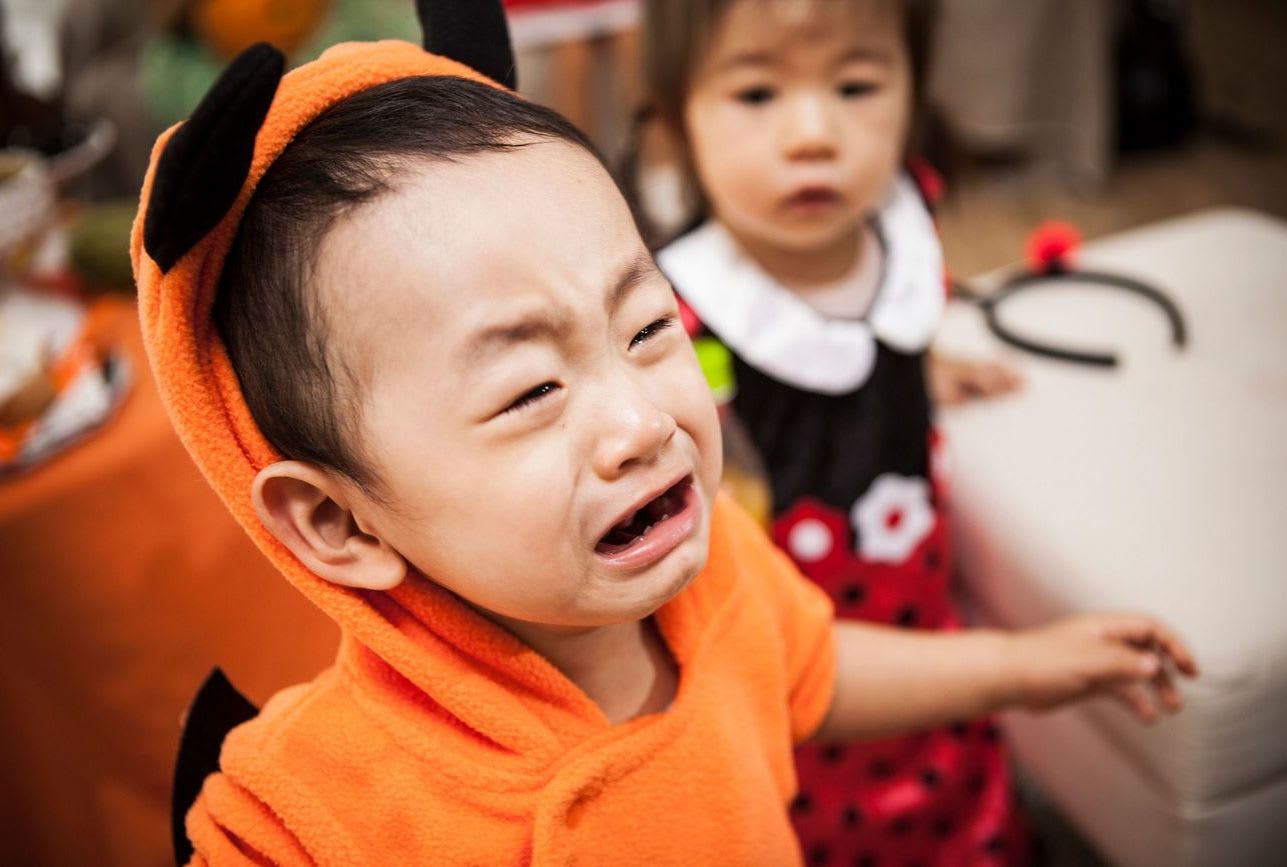
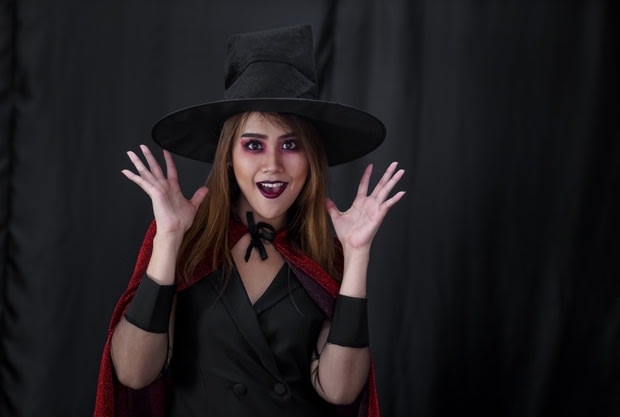


 Preview
Preview 


